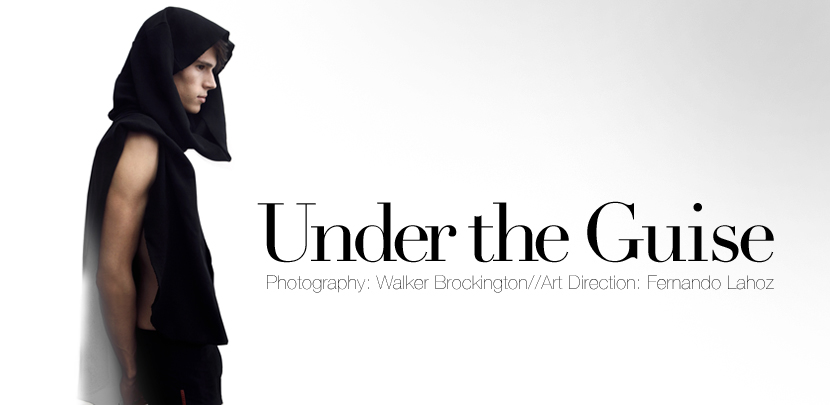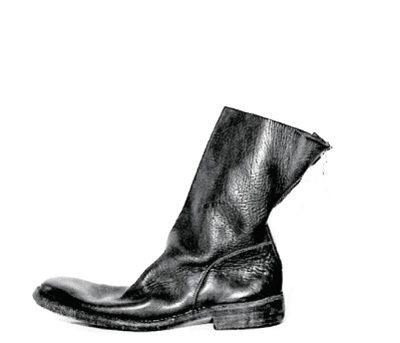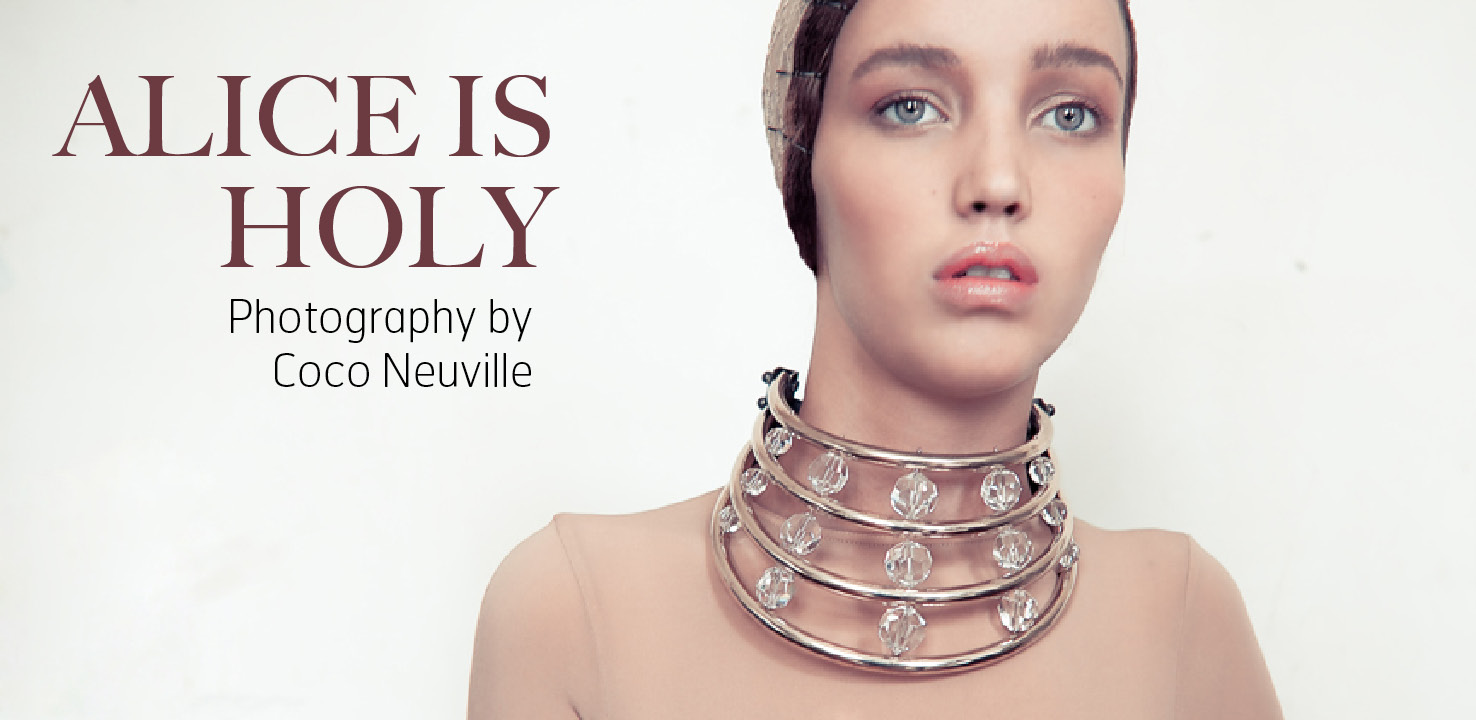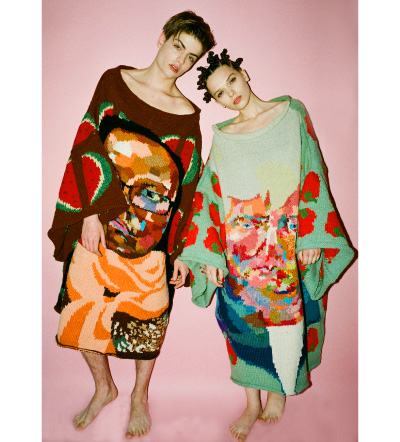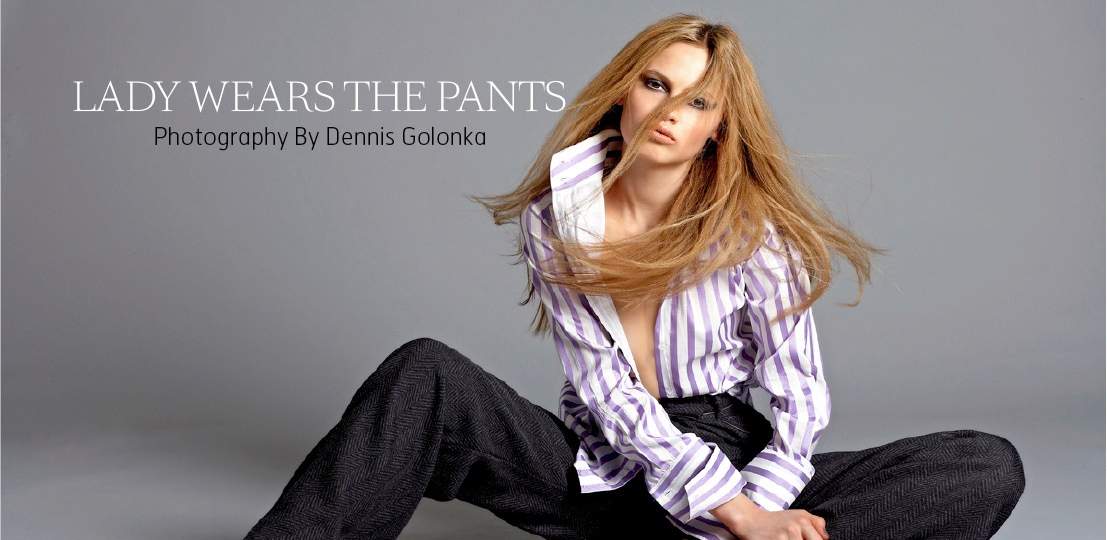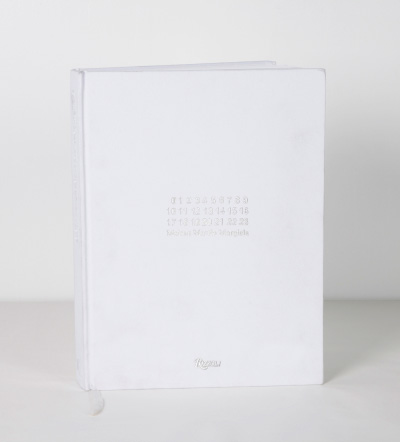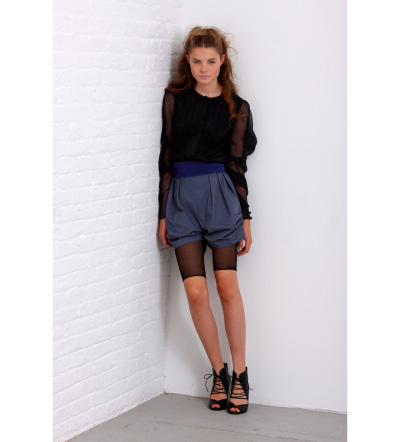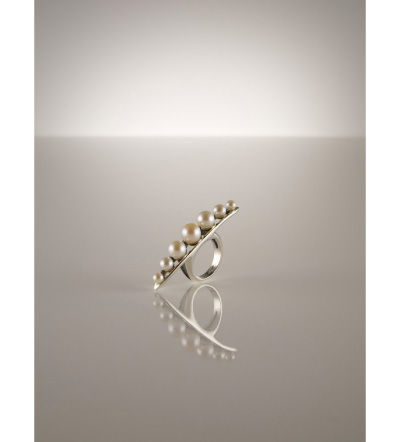
Sex is a luxury. Or so Coco de Mer, the purveyor of fine erotic objects, insists. As our society keeps loosening up about sex, erotic play becomes acceptable. No longer associated with perversion and thus banished into the sleaziness of the red light districts, sexual play is now a pastime. Like many leisurely activities, it allows room for luxury and good taste. After all, what girl wants to be satisfied with a cheap plastic vibrator bought in a seedy porn store? This is the line of thinking Sam and Justine Roddick, the co-founders of Coco de Mer, took. “One of the thoughts that came out of my involvement in a feminist rights movement,” Sam Roddick says, “was the idea that women deserve a space where they can feel comfortable and not ashamed of their sexuality. That is the type of store I wanted to create.”
The first Coco de Mer New York store, opening today in Nolita, certainly reflects this manifesto. It is an inviting space with an intimate atmosphere, a boudoir and not a brothel, reflecting the implicit understanding that kinkiness arises out of feeling of comfort and that true pleasure only comes from the willingness to please. And there is no shortage of kinky, but sweet, touches, from the purple silk blindfold that reads, “Freedom is deciding whose slave you want to be,” to the improbably sexy lingerie.




 Facebook
Facebook Permalink
Permalink Digg
Digg Reddit
Reddit LinkedIn
LinkedIn StumbleUpon
StumbleUpon Tumblr
Tumblr
